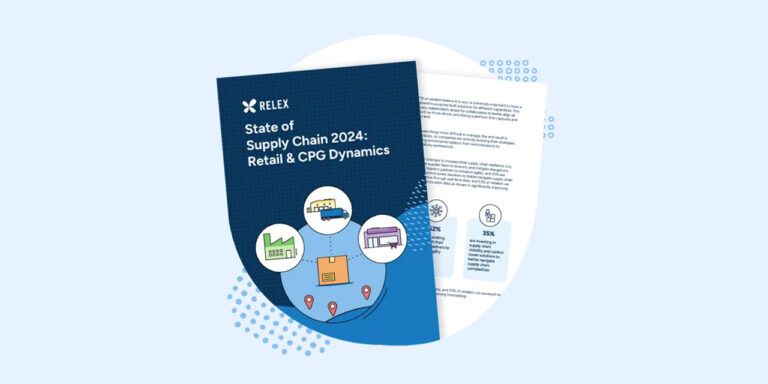This is the first article of a six-part series about supply chain planning in online retail by Tommi Ylinen, our VP Product. The series will consider how to manage the unique challenges online retailers’ face, from assortment decisions to forecasting for different delivery methods.
I’m often asked how online retail affects supply chain planning and how RELEX can help retailers improve their e-commerce operations. Although the basic rules of demand forecasting and inventory optimisation work independently of the particular channel in question, there are indeed a number of differences with traditional retail. Over the years we have helped a range of retailers in different sectors with their online operations in many innovative ways, particularly in relation to forecasting, analytics, assortment management and inventory management. In this blog post I’m going to outline a few of the various e-commerce challenges, which I’ll then discuss in more detail in future posts.
Let’s first consider a purely online retailer, delivering orders from its warehouse against online sales. From a forecasting and ordering point of view this is straightforward. There is only one channel to forecast, and all inventory is reserved for that channel. However, the cool thing about online is that you tend to register more data as a matter of course, as all shopping happens digitally through computers or mobile devices. For instance, you could support forecasting or assortment management by introducing page-view information from the website into the process. Pricing is another area that is even more critical to online than to bricks-and-mortar retail: if your competitor sells the same product at a lower price, your customer will probably buy from them. Having this data in your forecasting system could prove useful.
The cool thing about online is that you tend to register more data, as all shopping happens electronically.
Retailers with both an online and a high street presence face a slightly more complex situation. For them to manage their supply chains accurately channel-level forecasting is key – after all, different channels have different sales patterns. For instance the Christmas peak typically arrives a bit earlier for online sales than for store sales. Some retailers have separate warehouses for digital and physical stores, which makes stock management simpler, but inevitably increases the total stock holding in the business as items are double-stocked. It could also be the case that a product runs out of stock in one warehouse but is still piled high and overstocked in another. From a supply chain planning point of view the better option is to have a single pool of stock. That then raises the question of how to manage availability between channels. In this case the answer is virtual stock ring-fencing, something I will return to in more detail in another post.
Some retailers have separate warehouses for digital and physical stores, which makes stock management simpler, but inevitably increases the total stock holding.
Many retailers offer both home delivery and click & collect. Often it makes sense to forecast these delivery methods separately as different channels – for instance home delivery orders can be fulfilled from a separate ecommerce DC whereas C&C orders could be delivered from the store stock. In this case good analytics is vital so that the business gets a proper overview of the split between the delivery models, both at item, and at store level. Sometimes this information can be even acted upon and combined with assortment management; if some items are routinely ordered online and then collected from a particular store, it might make sense to add those items to the store’s range – preferably automatically.
In my next blog post I will focus on how online retailers can create the perfect assortment based on cost and lead-time data – stay tuned!
Is your supply chain optimised for online?
Our ‘Supply Chain Planning in Online Retail’ ebook covers five steps to improve inventory management in your e-commerce operations. Read it to find out more.




